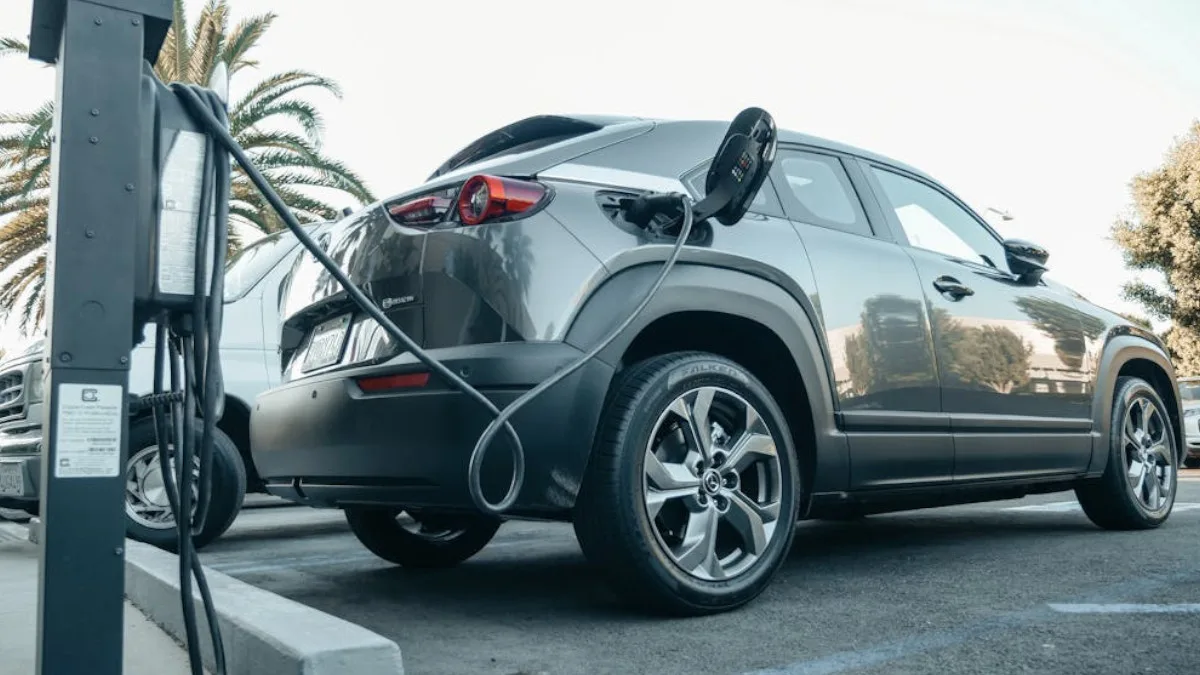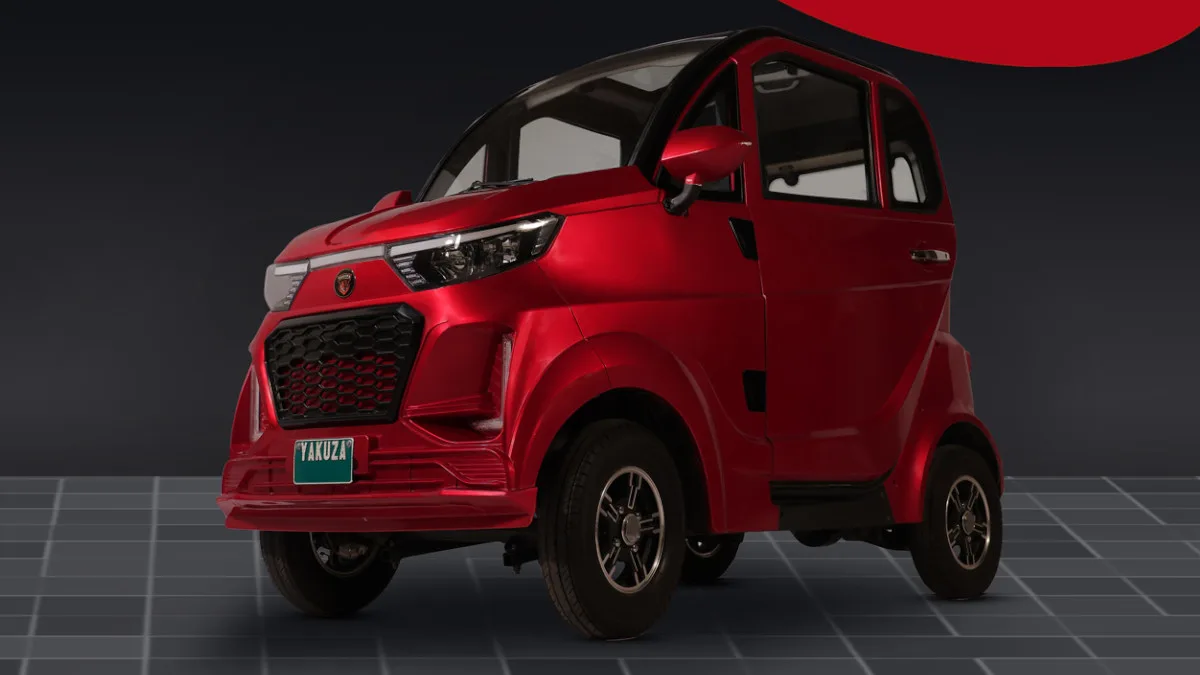Electric cars (EVs) are rapidly transforming the automotive landscape. With growing concerns about climate change and a rising demand for sustainable transportation, EVs are capturing the imagination of drivers and car manufacturers alike. But how exactly do these futuristic vehicles work? Let’s delve into the fascinating technology that propels electric cars, exploring the key components and innovations shaping the future of electric mobility.
The Core of an EV: Battery and Electric Motor
At the heart of every EV lies the battery pack, the powerhouse storing the electricity that fuels the car. Modern EVs primarily use Lithium-ion (Li-ion) batteries, known for their high energy density and efficient power delivery. These batteries are constantly evolving, with advancements in electrode materials and cell design promising even greater range and faster charging times.
The electricity from the battery pack is channeled to the electric motor, the engine of an EV. Unlike internal combustion engines (ICEs) found in traditional gasoline-powered vehicles, electric motors convert electrical energy into mechanical energy to rotate the wheels. This translates to smooth, instant torque, giving EVs their characteristic zippy acceleration.
The Brains Behind the Brawn: Power Electronics and Control Systems
The efficient flow of energy in an EV is orchestrated by a complex web of power electronics and control systems. The battery management system (BMS) safeguards the battery pack, regulating temperature, voltage, and current to ensure optimal performance and longevity. The inverter plays a crucial role by converting the Direct Current (DC) electricity stored in the battery to Alternating Current (AC) for the electric motor. Additionally, the onboard charger facilitates the process of replenishing the battery by converting incoming AC electricity from the charging station to DC for battery storage.
Regenerative Braking: Recapturing Energy on the Go
One of the most ingenious features of EVs is regenerative braking. This technology harnesses the electric motor’s ability to function as a generator. When the driver applies the brakes, the electric motor slows down the car and, in turn, generates electricity that is fed back into the battery pack. This extends the driving range of the EV by recovering energy that would otherwise be lost as heat during conventional braking.
The Future of Electric Car Technology
The world of electric vehicles is a dynamic one, with constant research and development pushing the boundaries of what’s possible. Here are some exciting advancements to keep an eye on:
- Solid-state batteries: These next-generation batteries promise significant improvements in energy density, charging times, and safety compared to Li-ion batteries.
- Wireless charging: Imagine pulling into your garage and having your car automatically charge without plugging it in. Wireless charging technology is being developed to offer a seamless and convenient charging experience.
- Vehicle-to-grid (V2G) technology: This two-way communication system allows EVs to not only draw power from the grid but also feed excess electricity back into it, potentially stabilizing the power grid and creating new revenue streams for EV owners.
As electric car technology continues to evolve, we can expect even more efficient, powerful, and affordable EVs to hit the road. This will not only revolutionize transportation but also pave the way for a cleaner and more sustainable future.
Discover more from Wheels Craze - Automotive News, EV News, Car News, Bike News
Subscribe to get the latest posts to your email.




